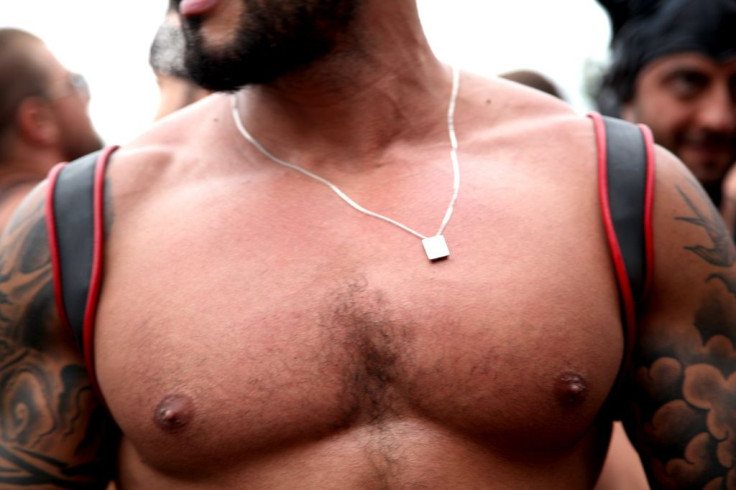Why Do Men Have Nipples? 'Female Blueprint' During Embryonic Development Gives Men Breast Tissue, Milk Lines

Every day we are clouded with life’s imponderables, such as “Why do men have nipples?” In women, the purpose of nipples is to deliver infant milk produced in the female mammary glands during lactation, but what is the purpose of nipples on men if they can’t breastfeed infants? In BrainStuff’s YouTube video, “Why Do Men Have Nipples?” host Cristen explains the reason why breast tissue develops in human embryos of both sexes and why mice are much more advanced, evolution-wise.
Men develop nipples, sometimes even more than two nipples, but they generally serve no biological function. The reason why breast tissue develops in human embryos of both sexes is because the embryo follows a “female blueprint” from reproductive organs to grow nipples during the first few weeks of embryonic development. Three or four weeks after conception, all human embryos develop parallel mammary ridges called milk lines. They extend from the top of the chest to the lower abdomen.
It is not until week seven or so that the genes in the embryo’s sex chromosomes XX (male) or XY (female) start to kick in. The sex chromosomes are what lead to the formation of sexual dimorphism, or the physical traits that distinguish biological males from biological females. In other words, once the male embryo produces testosterone, the hormone is able to influence the other sex-specific traits in the body.
However, this does not interfere with the already developing milk lines. The milk lines naturally recede as the fetus grows, leaving behind the nipples. A 1999 study published in the journal Nature found while mammary tissue also forms in both male and female mice embryos during pregnancy, a particular protein known as parathyroid hormone-related peptide, or PTHrP, stops the process in male mice just a few days after the tissue starts to form. The protein signals mammary cells to form hormone receptors that attract the male hormones already circulating in the embryo's blood, which is why male rodents are born nippleless during birth.
Perhaps for humans, it is evolutionarily advantageous for all embryos to develop breast tissue, whether they end up using it or not.
Published by Medicaldaily.com



























